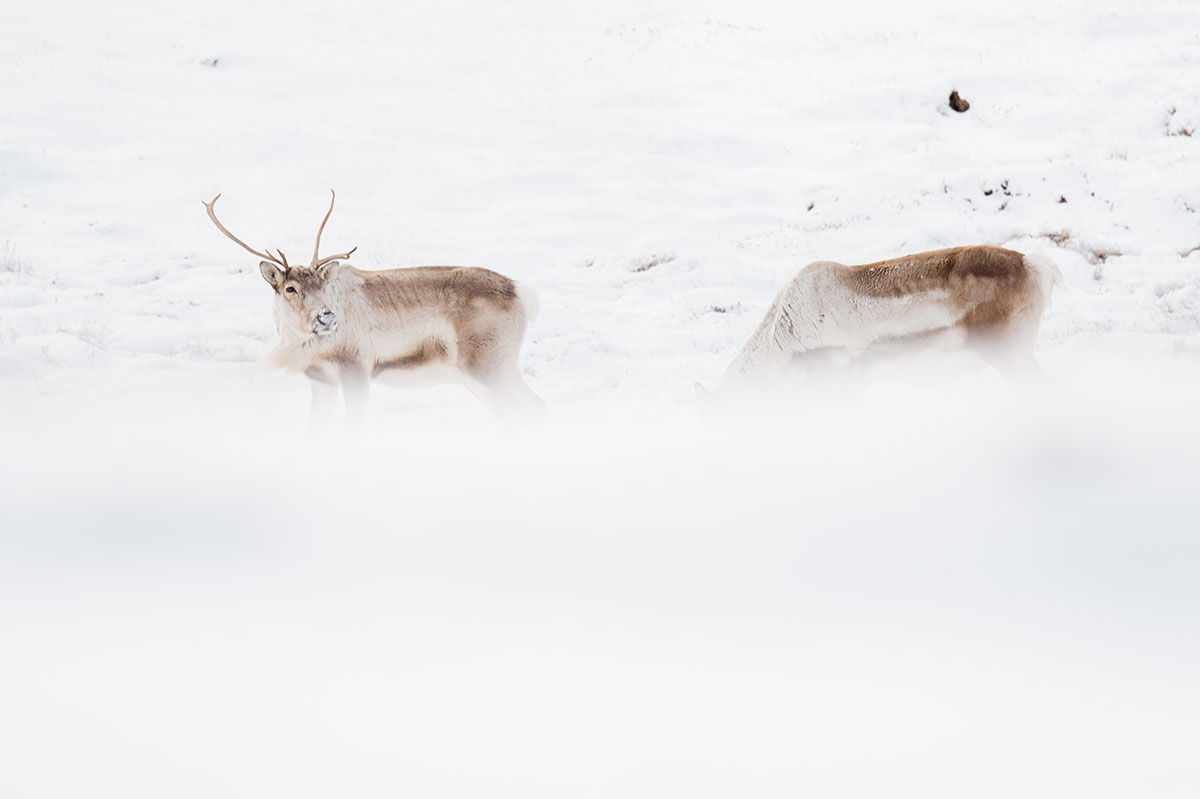How to observe wildlife when traveling in Europe?
Hiking, taking your time, bivouacking: many of you appreciate these moments of communion with nature. While it’s easy to appreciate landscapes, light and plants, to observe wildlife is often a challenge!
After all, humans are feared! Wherever they go, animals hide. Before I give you some advice on how to increase your chances of spotting wild animals, I’d like to talk about ethics and respect for other people’s space.
Wildlife watching: ethics first!
Wild animals need to feel safe and secure, for their well-being and even their survival. If you want to embark on a naturalist adventure, even for the duration of a trip, you must respect the species you wish to see. This means keeping a low profile, never interacting with them, and respecting their privacy and space. Otherwise, you’ll only be putting them at unnecessary risk. So please be aware of the ethics that go with any desire to observe wildlife.
What animals are easy to spot on a trip?
Not all animals are easy to observe. For some species, it’s a real challenge. It depends on the species, but also on the country, the region and the environment. In France, for example, it’s very difficult to observe wild animals because of hunting pressure, whereas in Scotland you can stand just a few meters from a deer without it showing any signs of stress. Similarly, red foxes in France are very shy, while in places where hunting is prohibited, such as cities or certain regions of Scandinavia, they have absolutely no fear of humans.
To find out whether animals are generally fearful in a given region, ask about hunting practices, which will give you an initial indication.
Some species are almost impossible to observe. At least, not after a few days in the field. Lynx and wolves in Europe are just two examples.
If you’re new to wildlife watching, or if you’re a beginner, start with common species that are easier to find, such as red foxes, badgers or roe deer in France, deer in Scotland, owls, reindeer or elks in Scandinavia, or polar foxes and whales in Iceland.
What equipment do you need to observe wildlife?
The first piece of equipment you’ll need to find and observe wild animals is your eyes! But if you want to appreciate the details of an animal and maximize your chances of remaining discreet, here’s the equipment you’ll need:
A pair of binoculars, essential for wildlife observation
With a pair of binoculars, you open up a whole new world! You can hide behind a tree, a rock at the top of a hill or a bush in a hedge, and watch what’s going on around you. With a good pair of binoculars for wildlife observation, you can see up to 100 meters away as if you were standing right next to the animal.
Binoculars are highly recommended. This way, you won’t have to get too close to observe the animals, guaranteeing their peace and quiet. You’ll also be able to observe animal behavior without interacting with them.
I personally use a pair of Nikon Prostaff p7 10X42 binoculars, a model I highly recommend for its wide field of view and low-light performance.
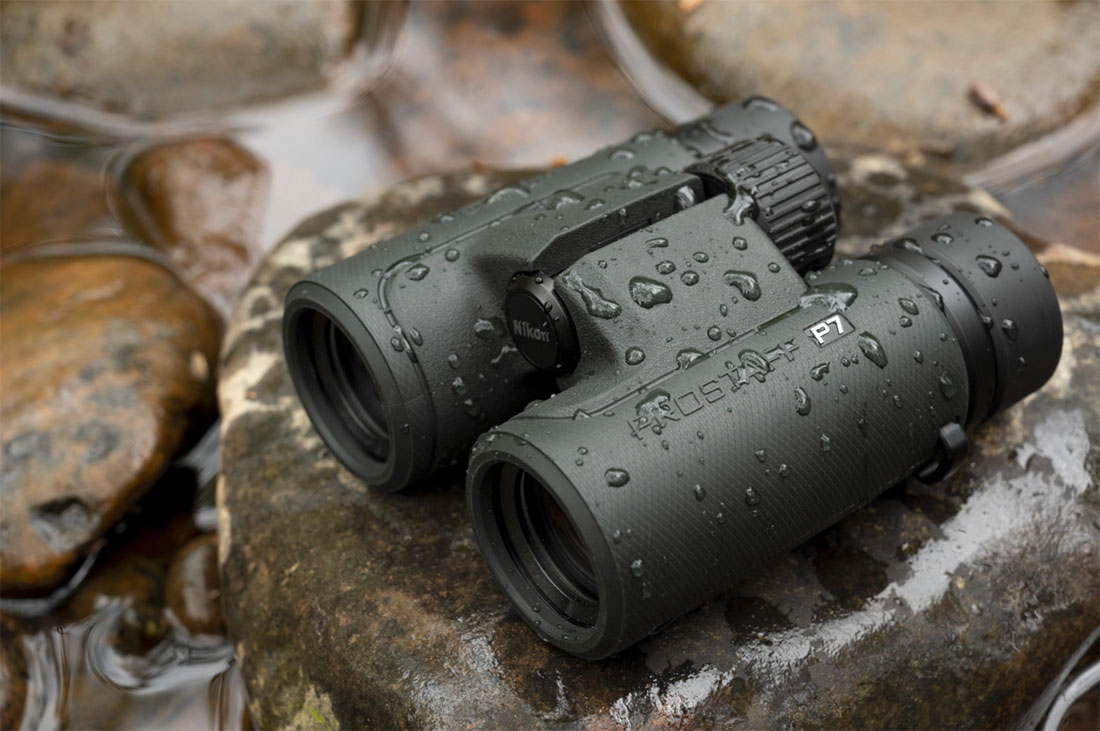
Camouflage net
Camouflage netting is the perfect accessory for keeping a low profile in the wilderness. Admittedly, some nets are bulky and impractical to carry, especially when traveling abroad. But you’ll find camouflage scarves in every military surplus store. Smaller than nets, they can be wrapped around the neck and used for camouflage when the occasion arises.
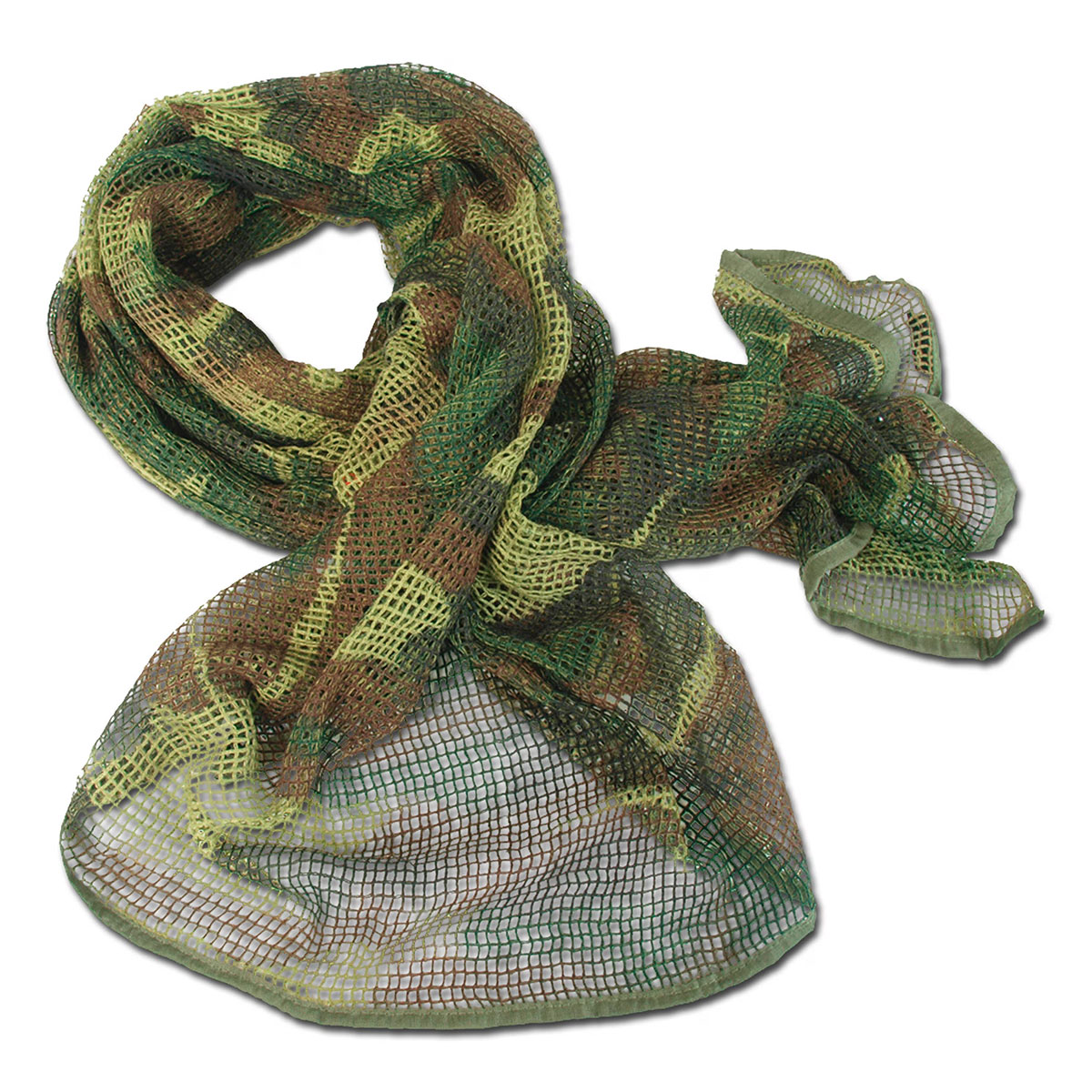
A camera
You can observe animals in the forest and keep the memories for yourself. Taking photos is not a necessity. But if you do, you’ll need to invest in photographic equipment, and the budget is substantial!
First and foremost, you’ll need a camera. The model doesn’t matter, as long as it offers the possibility of changing lenses. Mirrorless cameras are now available. These cameras are perfectly silent, making them ideal for wildlife photography. On the other hand, they are fully electronic cameras, including the viewfinder, which implies high battery consumption. Alternatively, you can opt for an SLR whose battery lasts much longer.
Next, you’ll need a telephoto lens. Count on a focal length of between 300mm and 600mm, depending on the species you wish to photograph. The Sigma and Tamron brands offer high-performance zoom lenses at much more modest budgets than the big brands like Nikon or Canon. I personally use the Tamron SP 150-600mm F/5-6.3 Di VC USD G2 and find the value for money unbeatable.
Finally, you’ll need to set aside a small budget for accessories, one or two extra batteries and memory cards to store your photos.
Where to go to observe wildlife?
Finding an animal’s habitat is certainly one of the most difficult things you can do. The first thing you need to do is find out about the animal you wish to observe, its habitat, habits, diet…
You can also find out about the region you’re planning to travel to, to find out what ecosystems make it up and what animals live there. So let’s take a look at the places where you’re most likely to make sightings.
Forests
Home to hundreds of thousands of species, forests are the ideal habitat for animal sightings. Depending on the country you’re visiting, it’s a good idea to find out more about the forests, their particular features and the species that live there.
For example, you can observe bears in the forests of Romania or Slovenia, but you also need to protect yourself against possible accidents. A little documentation will help you know what to do (and what not to do) in the presence of a bear.
Forests are a haven for mammals, birds and insects alike. This is where you can spot owls, spotted woodpeckers and black woodpeckers, badgers and martens, as well as red deer during the bellowing season.
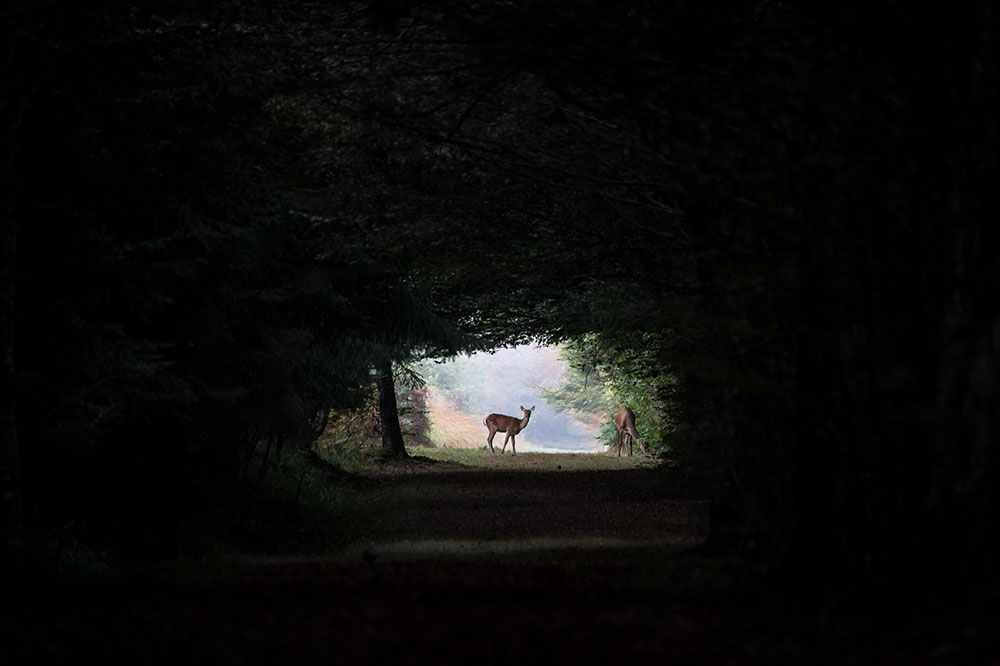
Meadows
Meadows and hedgerows are the ideal place to observe animals that have been favored by human activity. Indeed, while humans are responsible for a major wave of biodiversity extinction, they have also, through their agricultural activities in particular, favored certain species that have been able to adapt.
For example, it’s in meadows that foxes mulot (hunt field mice and voles), roe deer feed or ermines hunt.
It’s easy enough to observe wildlife in a meadow. All you have to do is stand on the edge of a wood, or in a hedge, at the end of the day or at dusk, and don’t move. There’s a good chance you’ll see a wild boar, a deer or a fox.
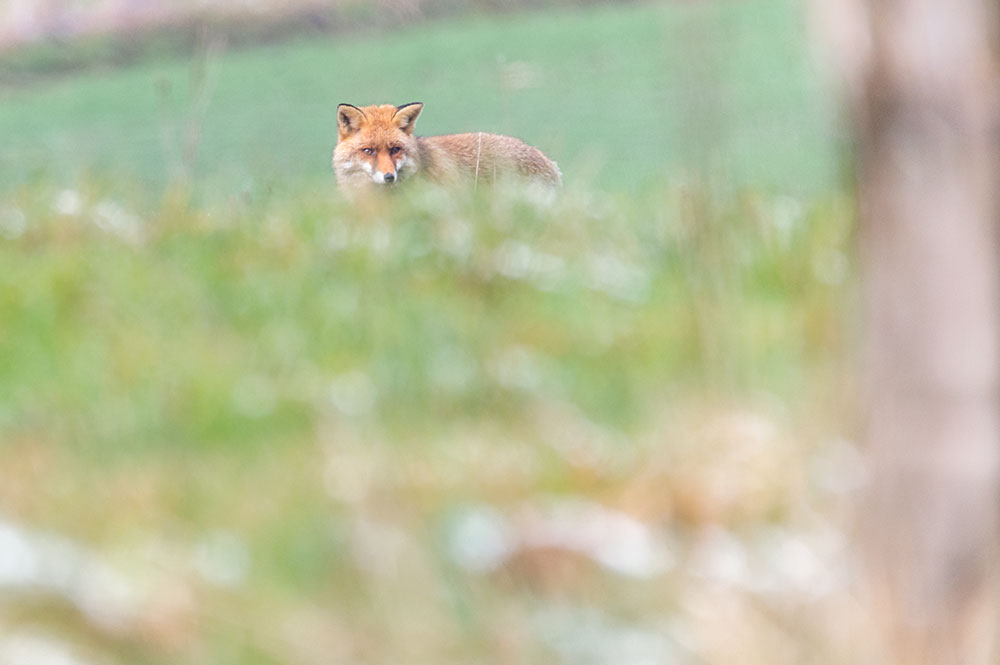
The ocean
The ocean is rich in biodiversity. While the majority of species can only be observed during a scuba dive, some marine mammals emerge from the water, and can therefore be seen from the shore or a boat. Examples include whales, seals and sea otters.
The best way to see whales is from a boat. If you travel a lot, you may have come across companies offering whale watching services. I wouldn’t recommend it, though, as whales are often harassed.
The best way to observe whales is to take a ferry of some kind and open your eyes wide! That way, you can see them without stressing them out.
In Europe, whale watching is easiest on the coasts of Norway and Iceland.
Other marine mammals are easier to spot. Harbour and grey seals can be found on all European coasts, including France, Ireland and Scotland.
In Scotland, it’s even possible to observe sea otters. I recommend Orkney, the islands to the north of Scotland, for this type of observation.
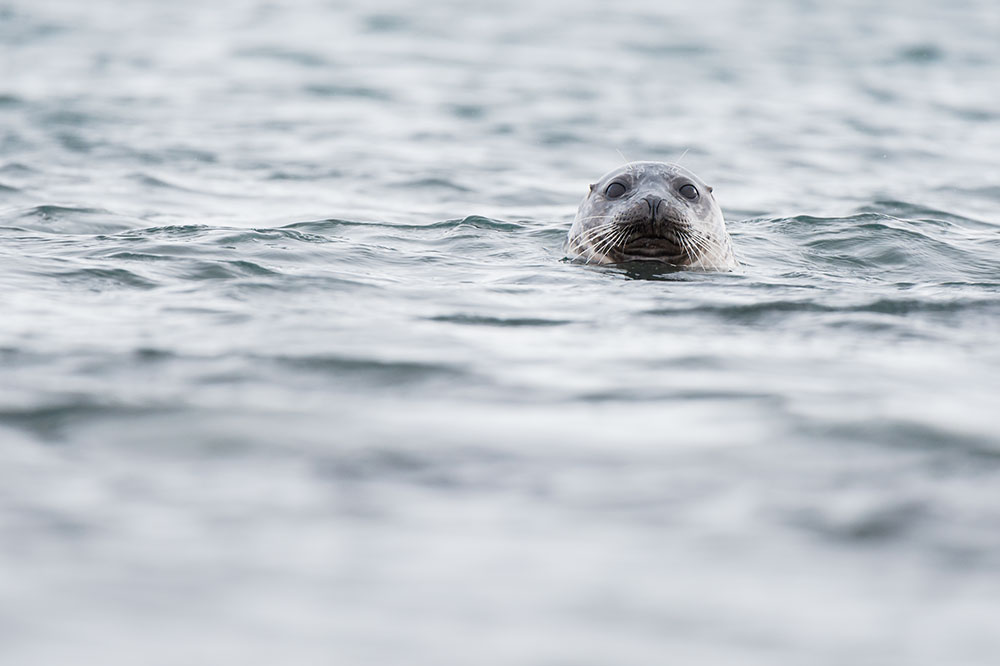
Mountains
The mountains are the habitat of certain species that have always evolved or taken refuge there. Some animals are very easy to observe, but you need to be in good physical condition to hike in the mountains.
The most common mountain animals are ibex, chamois and marmot. In France, you can easily observe them in the Alps. These animals are not very shy, but then again, that’s no reason not to take precautions. Keeping your distance is always a good idea!
In the mountains of Sweden and Norway, you may come across reindeer, certain species of owl (such as the Great Gray Owl or the Barred Owl) and many species of tundra bird, such as the mythical golden plover, whose song echoes in the mountains.
In Scotland’s mountains , red deer are common, as are mountain hares.
Finally, the mountains of eastern European countries such as Slovenia and Romania are home to bears and wolves.
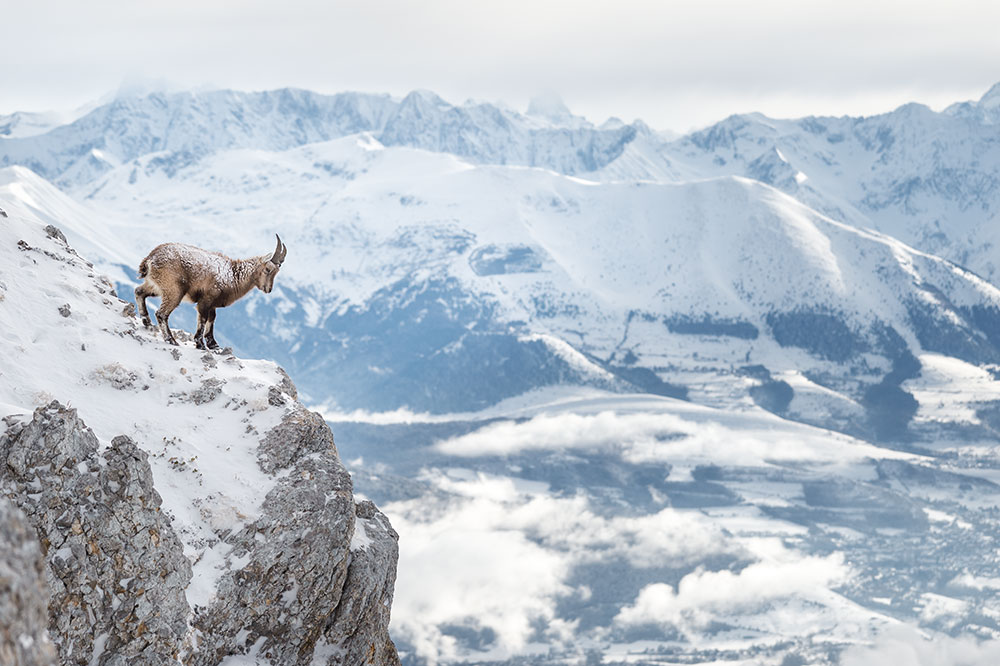
Tundra
The tundra represents 6% of the planet’s land mass. These are vast expanses where life is extreme. They are found in the Arctic, Antarctic and, above a certain altitude, in the high mountains.
The tundras of Scandinavia and Iceland are particularly rich in wildlife. In Iceland, you can observe the emblematic arctic fox, large herds of wild and farmed reindeer, and the fascinating snowy owl.
Further north, in Spitzbergen, you can also observe polar bears, Arctic terns, walruses and musk oxen. However, beware: the presence of polar bears makes these territories very dangerous for humans. You can only go there as part of an organized trip.
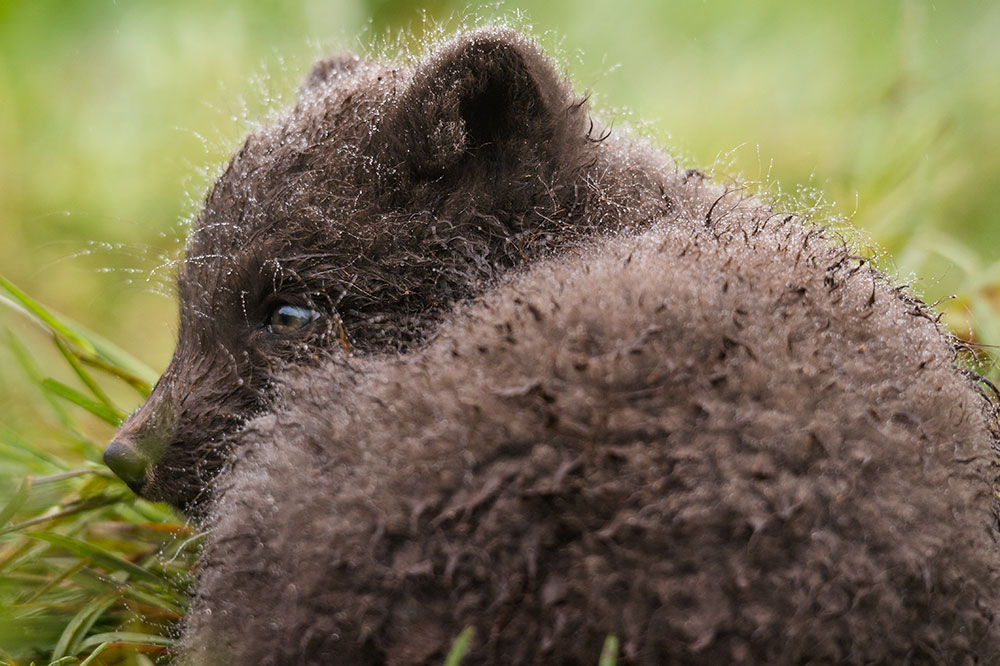
Your garden
If you’re that lucky, then you can start by observing the animals in your garden. Passerines, hedgehogs, weasels, voles, and sometimes even foxes and badgers – you’d be amazed at the world that lives in your garden, day and night.
For birds, you can set up a bird feeder. They’ll come in droves to feed, especially in winter when food is scarce. Be careful, however, not to make them dependent on you and then stop.
The most common birds in gardens are tits (blue, charcoal, black, nonet, etc.), great spotted woodpeckers, large nutcrackers, robins, blackbirds, sparrows, tree chaffinches and goldfinches.
If you also want to take photos, then you can build a small blind. Camouflage netting and a few clothespins are all you need to build a little shelter.
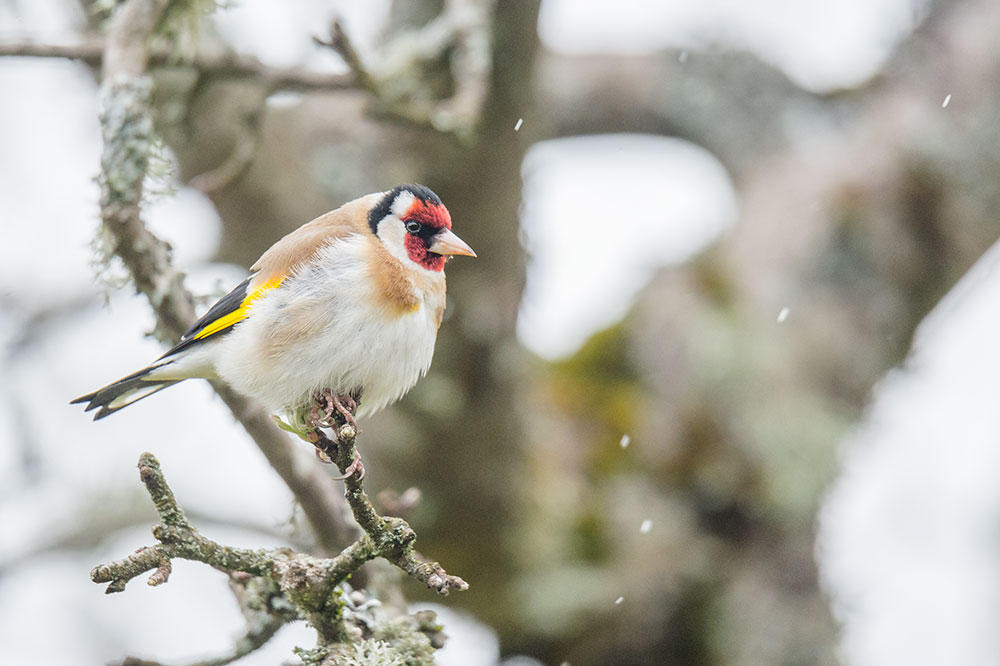
When to observe wildlife?
In addition to locations for wildlife observation, timing is also important! There are two things to consider:
- Which season to observe an animal: animal life varies from one season to the next. There’s no point, for example, in observing hedgehogs when they’re hibernating.
- At what time of day: some animals are nocturnal, others diurnal or crepuscular. This information is essential if you want to make the most of your chances!
The best season to observe wildlife
As you can see, there’s no single best season for all species, so you’ll need to research the animal you want to see. To give you an idea, here are a few examples of the best seasons to observe certain animals:
- Red foxes: they are very active during the mating season (mid-December to mid-February), and when they need to feed their young (mid-April to July). In autumn, they reduce their activity considerably, making them difficult to see.
- Badgers: they are exclusively nocturnal, except in early summer, around June 21, when the nights are too short. You can then observe badgers early in the morning and at the end of the day.
- Roe deer: easy to spot, but hunting pressure forces them to take refuge in the forest during the hunting season. Out of season, they are best observed in meadows.
- Migratory birds: swallows, bee-eaters and storks are all migratory birds. There’s no point in looking for them when they’re in Africa. Instead, look for them in spring.
- Whales in Europe: In Iceland or Norway, humpback whales, Minke whales or orcas are much easier to observe in spring and summer, until September.
- Deer: The best time to see deer in France or Europe is during the mating season: the stag bellow. Depending on the region, this period runs from mid-September to mid-October.
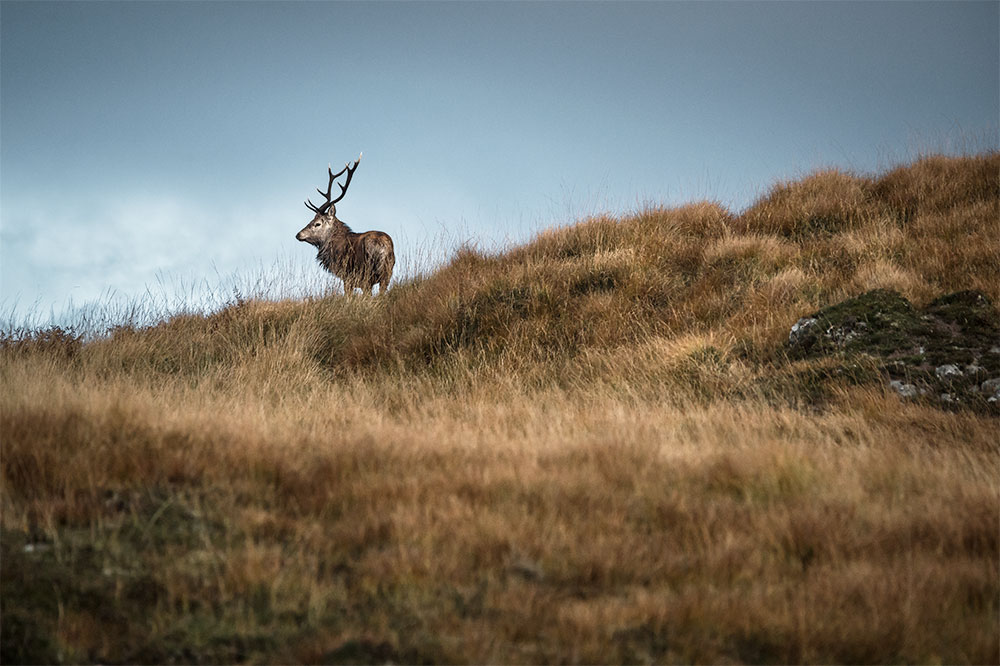
Observe wildlife by day
If light helps you see clearly when you’re looking for wild animals, it’s also the time when animals hide the most. Animals have adapted to human activity. In fact, their cycle is often the opposite of ours. They are active when we are asleep, and rest when we are active.
Animals that are active during the day are most active at dusk, at the beginning or end of the day. But there are exceptions: in summer, for example, their activity increases during the day. In any case, set off early in the morning and at the end of the day to increase your chances of sightings. These are also times of beautiful light, ideal for photography.
Observe wildlife at night
At night, nature is teeming with activity. Animals feel safe and come out of their burrows or hiding places to feed. If you’re not afraid of facing the dark to observe wildlife at night, then it will be a very rewarding experience. However, it’s best to do so on moonlit evenings, when there’s a minimum of light.
Nocturnal animals such as owls are very easy to find at night. Just follow their calls. They’re also less fearful, because they’re in their element. You can bring a headlamp, but be careful not to overuse it and disturb the animals. I recommend evenings with a full moon. Once your eyes get used to the dark, you’ll see more clearly!
Finally, at night, animals may approach dwellings in search of food. If you’re on a trip and staying in a country inn, don’t hesitate to take a little night-time stroll and open your ears wide, you might be in for a pleasant surprise and discover the local fauna.
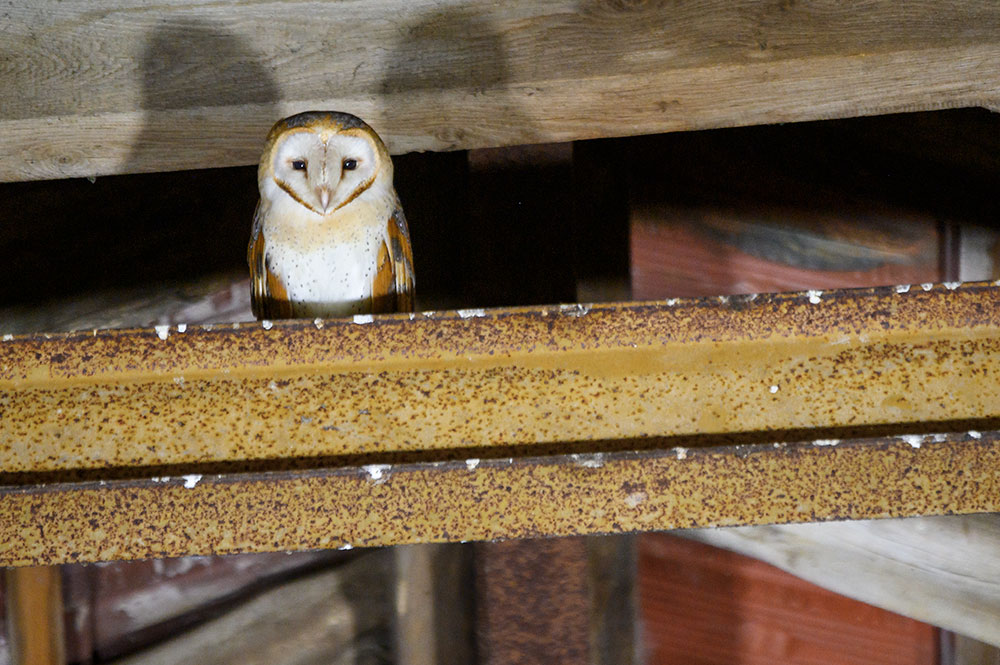
Tips for taking wildlife photos
Wildlife photography is a profession that combines photography with naturalism. While it’s certain that you won’t become a wildlife photographer in a day, or even a week, I can nevertheless give you a few tips for taking photos of animals and keeping memories of your observations.
Use a tripod
One of the main problems with wildlife photography, especially if you’re using a telephoto lens, is stabilizing your equipment. Indeed, the movements you can make while shooting cause significant blurring in your photos. Fixing your camera on a tripod can solve this problem.
The heavier your equipment, the more important it is to use a tripod.
Focus on the eyes
Always focus on the eyes of the animal you are photographing. We don’t necessarily think about it when we’re shooting, but if the animal’s paw is in focus, and the eyes are out of focus, chances are you’ll be disappointed with the result. So remember to always position the collimator (the little circle or square in your viewfinder) on the animal’s eye.
Use high shutter speeds
If you’ve mastered photography settings, then I’d advise you to use the highest possible shutter speed. The higher the shutter speed, the lower the risk of motion blur. Otherwise, you have no choice but to use auto mode.
To observe wildlife be silent
To photograph a wild animal, you need to be perfectly silent. In fact, most species have a much more highly developed sense of hearing than we do. They can hear the slightest rustle of fabric. So avoid noisy clothing and limit your movements.
Be patient, wait for the right moment
There’s a tendency to rush to take a photo as soon as you see a wild animal. But I advise you to take your time, to wait for the right moment. Sometimes, the animal will approach your position, start hunting, or adopt an interesting behavior. If you hurry, you run the risk of frightening it away and, in the end, you won’t have taken a photo, nor will you have enjoyed the moment.
Being patient also means taking advantage of the moment for yourself. Observe, fill up on images and memories for yourself. Being in nature is first and foremost a personal experience, even if you want to share it.
Bring a little wool
As a wildlife photographer, I can tell you that there’s nothing worse than having to wait for something to happen, for an animal to pass by, in the cold. It’s the kind of forgetfulness that can make you want to go home, so you want to stay there and enjoy the moment. So make sure you have the right equipment and the right clothes. A little wool, gloves, a pair of merino socks – anything that will keep you warm is a good thing to keep in your backpack.
In addition to these tips, you can take an animal-watching course with a wildlife photographer to learn how to spot and observe wildlife. This will help you to familiarize yourself with the discipline and understand the precautions to be taken to limit disturbance.
Conclusion
Observing wild animals is a matter of passion. It must first and foremost be respectful, ethical and moderate. Bear in mind that wildlife is sensitive, and that the difficulties encountered are already considerable. Observing animals during a trip does not exempt you from these precautions.
With all this advice, you’ll be able to move forward in your quest, and do tourism differently. If you find this article useful, please feel free to share it on your social networks. The only way to spread the word is by word of mouth, and you can help!


